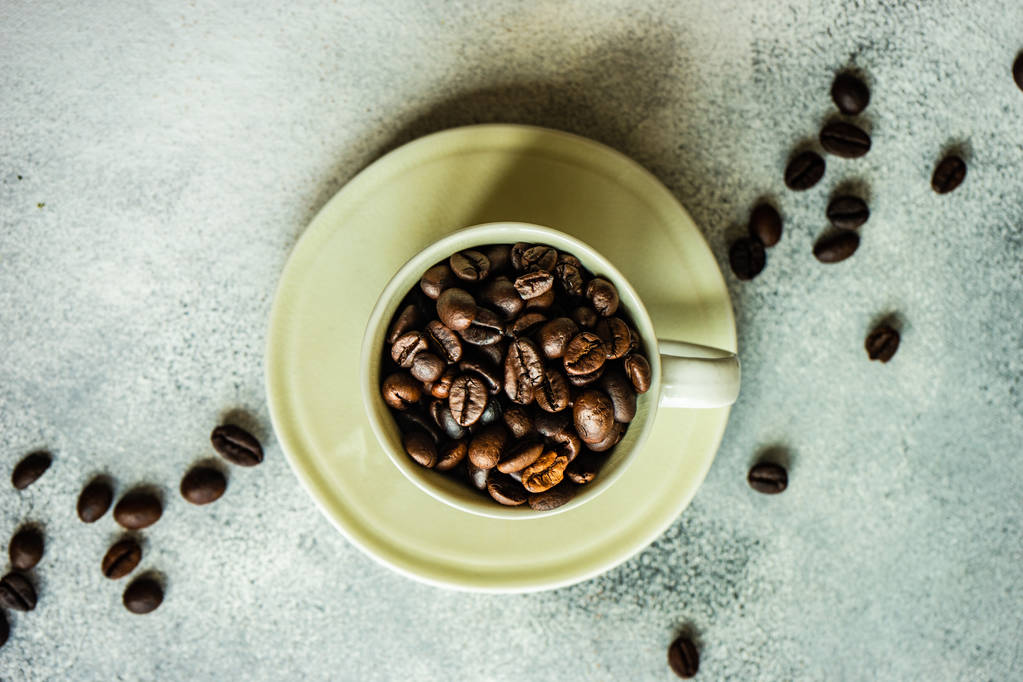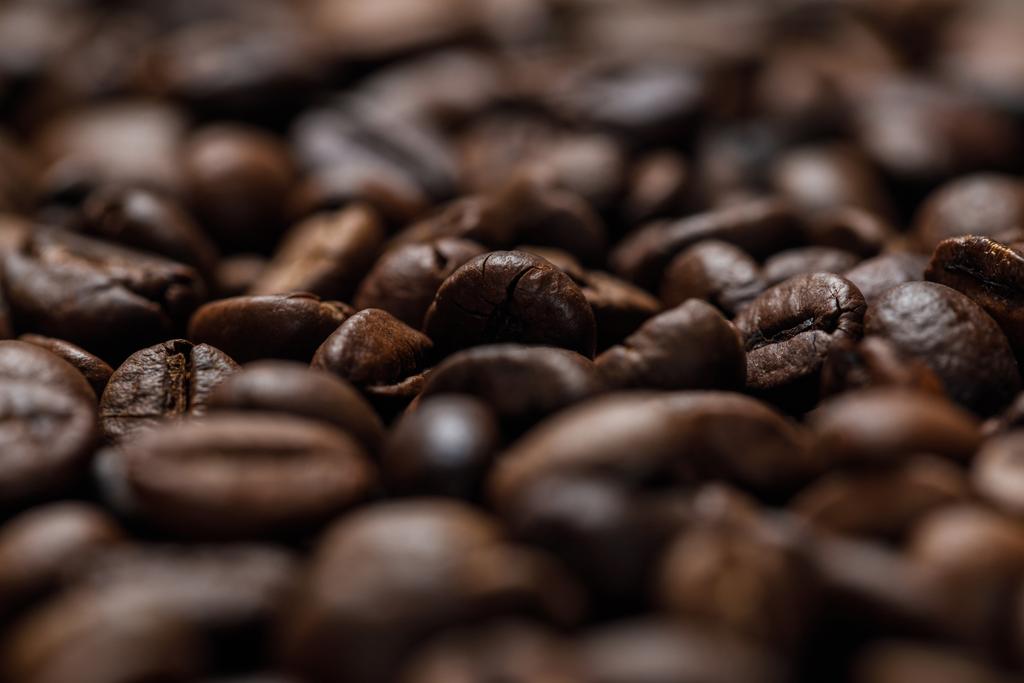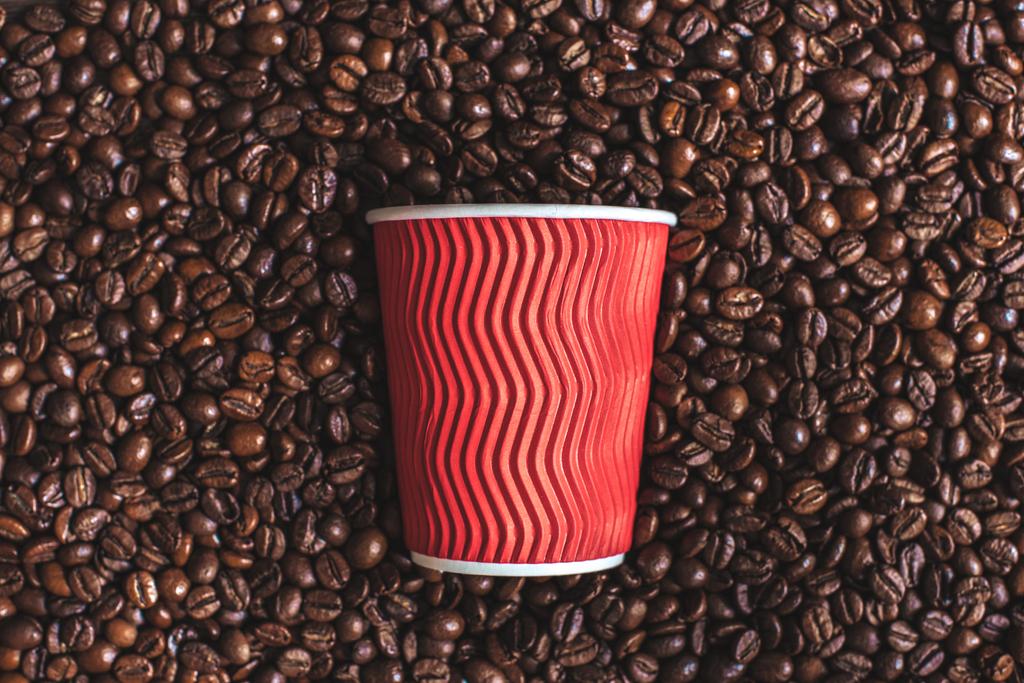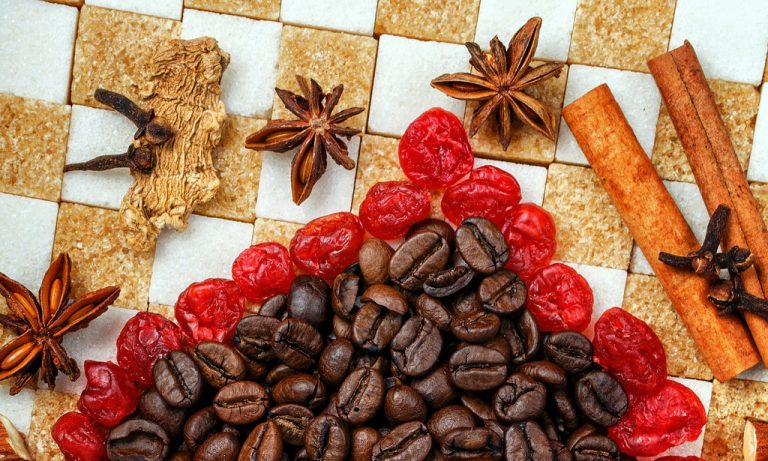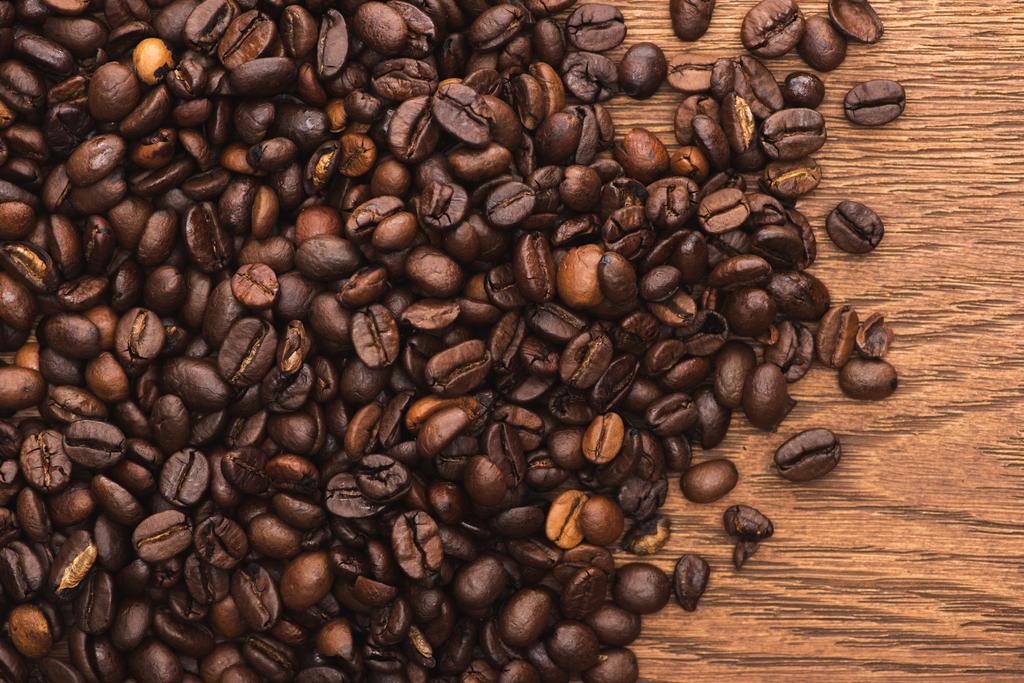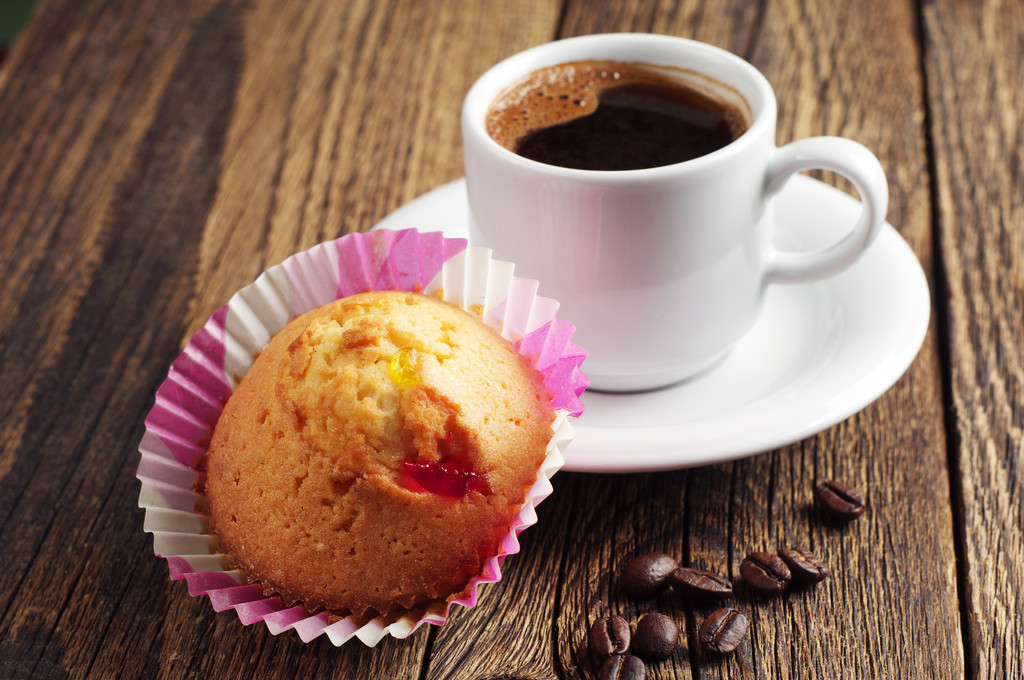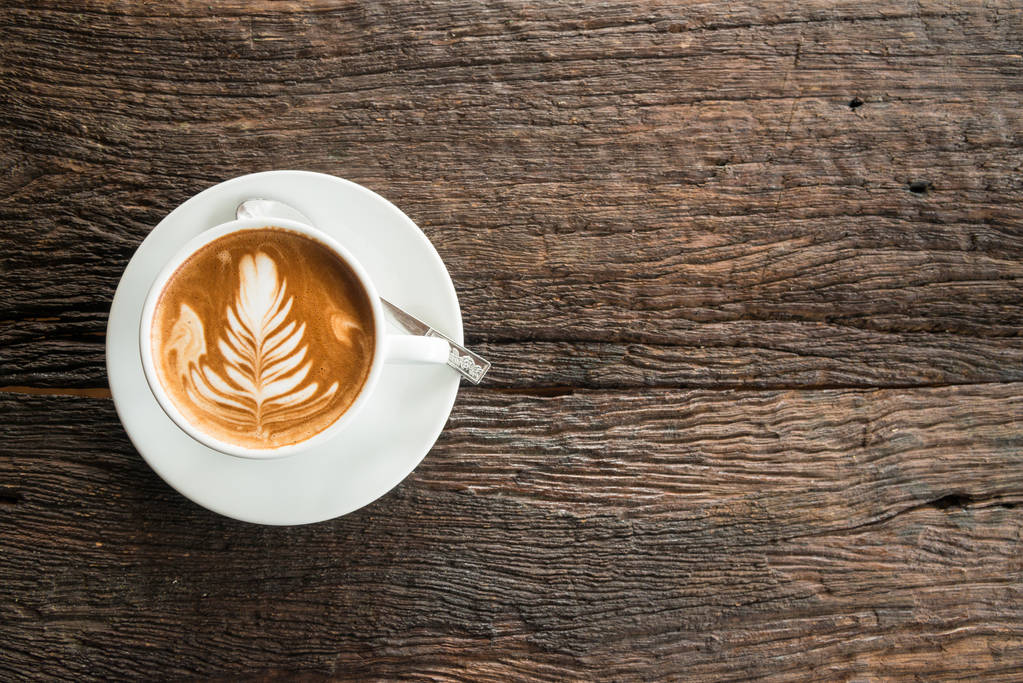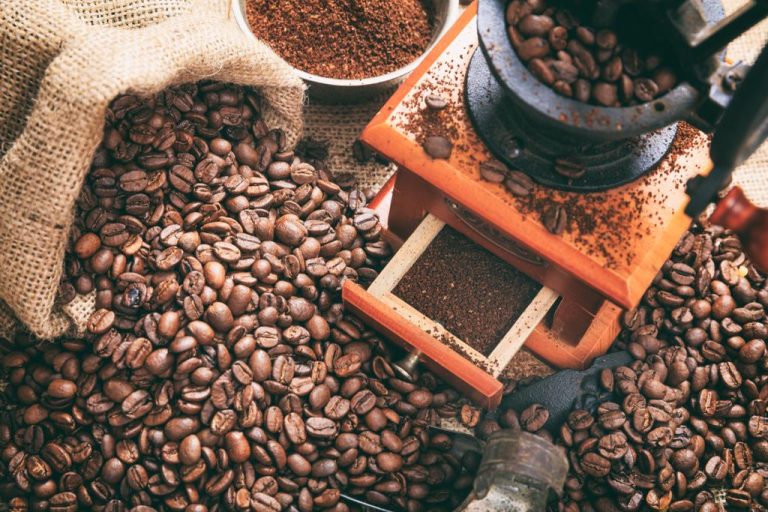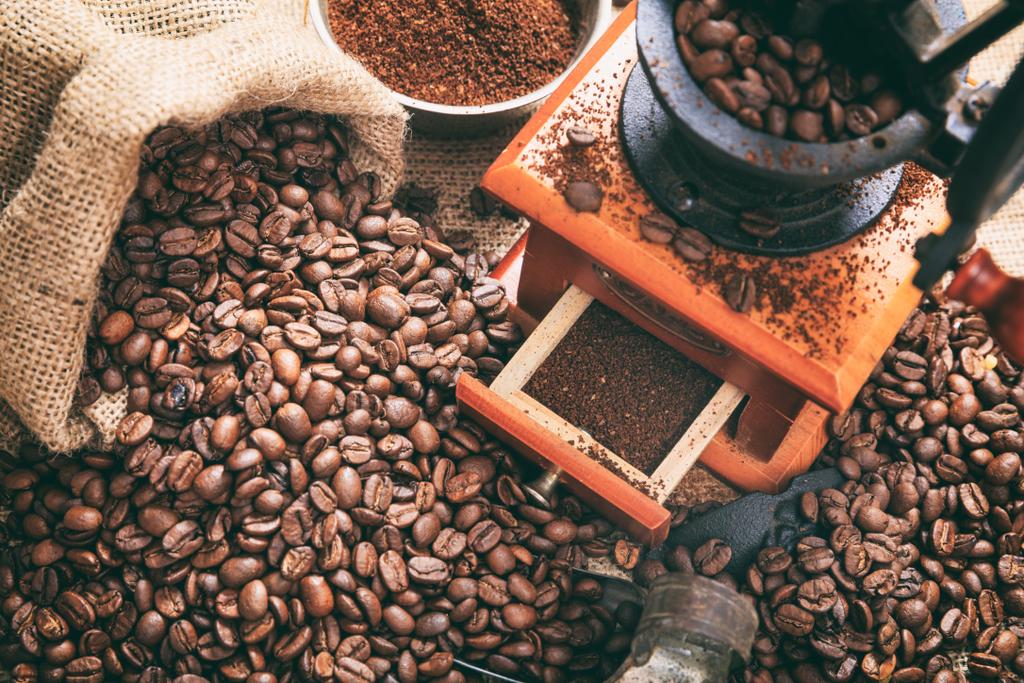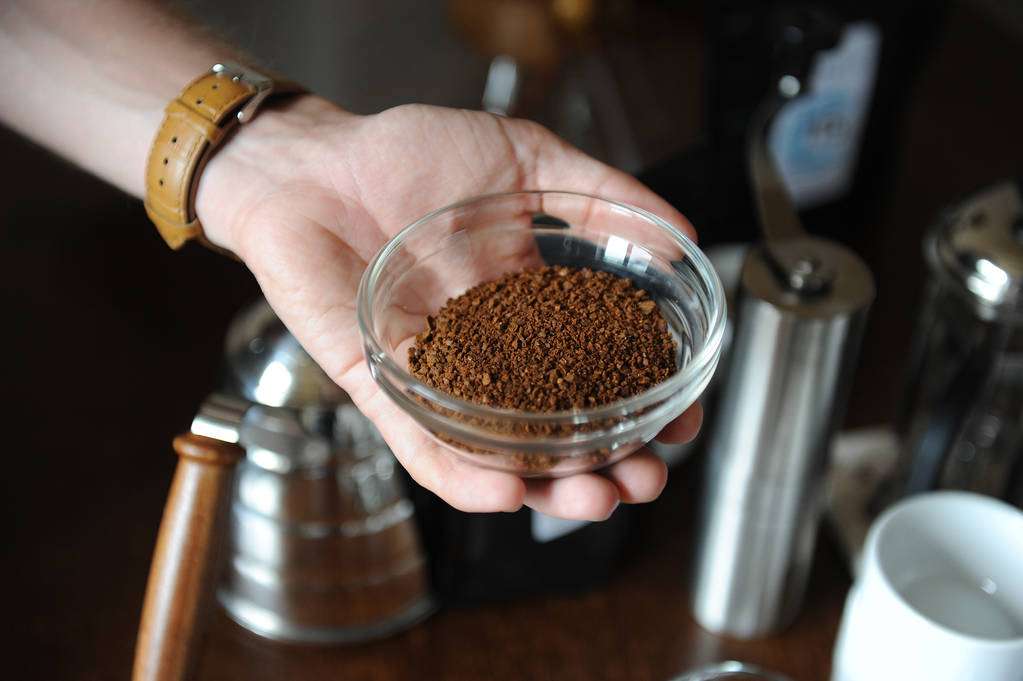Other countries other manners. Accompany us on our “coffee trip” around the world and get to know extraordinary coffee – from A for America to V for Vietnam.
Each country prefers its own special type of coffee. We will show you where there are any specialties in a brief overview.
America: The Americans have a rather pragmatic attitude to coffee. It has to be quick here: coffee to go. This trend made it to us in Germany some time ago.
If, on the other hand, the Americans take some time and go to a coffee shop for coffee, so you can see really extraordinary coffee. The Americans like their coffee cute – right! Sirups or even caramel sauce are often drunk in coffee, sugar is also used in large quantities and the drink is often crowned with a large cream hood – which is also often decorated with chocolate sauce. So if the Americans take their time for their coffee, then he almost takes on the shape of a full meal. The classic espresso, cappuccino or latte macchiato is also decorated again and provided with all kinds of toppings.
Ethiopia: In the motherland of the coffee, you usually take a lot of time to prepare and enjoy your daily coffee. This makes coffee in Ethiopia a social event. You come together, discuss the problems of everyday life and donate to each other comfort and blessings. Exceptional coffee is therefore part of Ethiopian culture and is simply part of it.
Brazil: Brazil, like Ethiopia, is a coffee export nation. A whole lot of coffee is also drunk in Brazil itself-and usually without much frills. Often you will find thermos can in public facilities or restaurants that are filled with coffee: one with and one without sugar. The Brazilian usually doesn’t need more to enjoy a tasteful coffee. Simply can be exceptional here!
Germany: A new trend has been spreading lately: coffee with honey. Especially in the winter months, this extraordinary coffee should protect against colds. It also tastes great. In contrast to sugar, honey combines with the natural aromas of coffee and creates completely new and interesting flavors. A cappuccino with honey can taste completely different.
France: From France we know the Café au lait. It classically consists of equal parts of coffee and milk. The original was originally prepared with filter coffee – today you can find the Café au lait with a double espresso. The tastes like to differ here from time to time.
Greece: The Greeks like their coffee cold – it is also not too surprising because it is usually warm enough in Greece. To do this, mix instant coffee or coarse -grained coffee with cold water. Then the whole thing comes into a cocktail shaker and is shaken vigorously. The extraordinary coffee is usually served in a glass with ice cubes.
Italy: In Italy you will find a plenty of different types of coffee, everyone is in common the espresso, which is the basis for the different variants. What is special about the espresso is his fine crema, which makes him an extraordinary coffee. It is created by the special manufacturing process of the espresso: high pressure is essential for the espresso. This presses water vapor through a sieve with the coffee powder.
Thailand: In Thailand it is less the preparation method of the coffee, which is so extraordinary than the “production” of the bean. The “Black Ivory” variety first passes the intestine of pachyderms. Yes: coffee from elephant droppings is even considered a rare delicacy. One kilo usually costs around 850 euros. So this curious coffee is not a bargain, but is traded worldwide and finds new followers every day.
Vietnam: The Vietnamese are also a real coffee export nation. They are now in second place in coffee exporters worldwide. They also have extraordinary coffee on offer. The varieties Catimor, which has a fine-nutty, slightly chocolate-like taste, and Chari, a special caffeine-free coffee. By the way, the Vietnamese prefer to drink their coffee cold, with sweetened condensed milk. This is not exceptional in Vietnam, because the climate is pleasantly warm. The coffee can be cold.
There are many extraordinary coffees in the world all around. Each country has its specific preferences and convinces with cultural and taste differences. From coffee with honey to coffee from elephant droppings, all curiosities are represented. What tastes best in the end, but everyone has to decide for themselves – there is enough selection in any case!
Thailand: In Thailand it is less the preparation method of the coffee, which is so extraordinary than the “production” of the bean. The “Black Ivory” variety first passes the intestine of pachyderms. Yes: coffee from elephant droppings is even considered a rare delicacy. One kilo usually costs around 850 euros. So this curious coffee is not a bargain, but is traded worldwide and finds new followers every day.
Vietnam: The Vietnamese are also a real coffee export nation. They are now in second place in coffee exporters worldwide. They also have extraordinary coffee on offer. The varieties Catimor, which has a fine-nutty, slightly chocolate-like taste, and Chari, a special caffeine-free coffee. By the way, the Vietnamese prefer to drink their coffee cold, with sweetened condensed milk. This is not exceptional in Vietnam, because the climate is pleasantly warm. The coffee can be cold.
There are many extraordinary coffees in the world all around. Each country has its specific preferences and convinces with cultural and taste differences. From coffee with honey to coffee from elephant droppings, all curiosities are represented. What tastes best in the end, but everyone has to decide for themselves – there is enough selection in any case!
